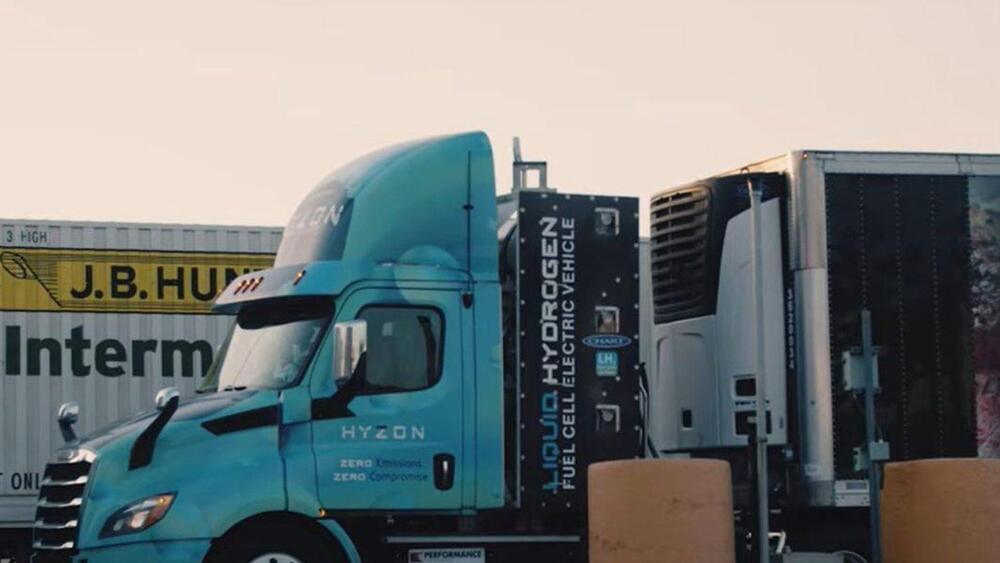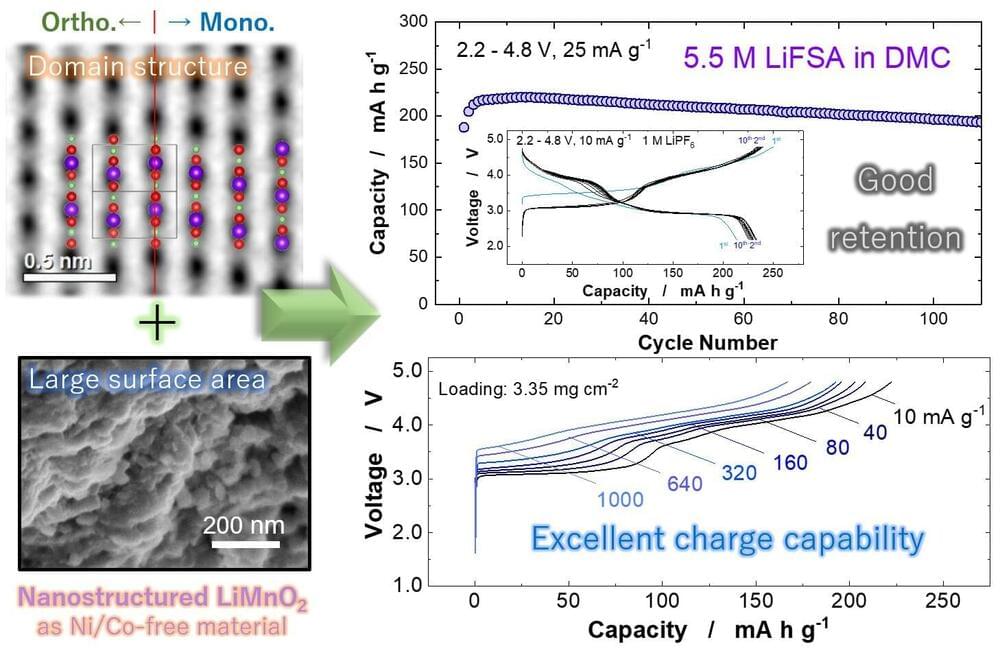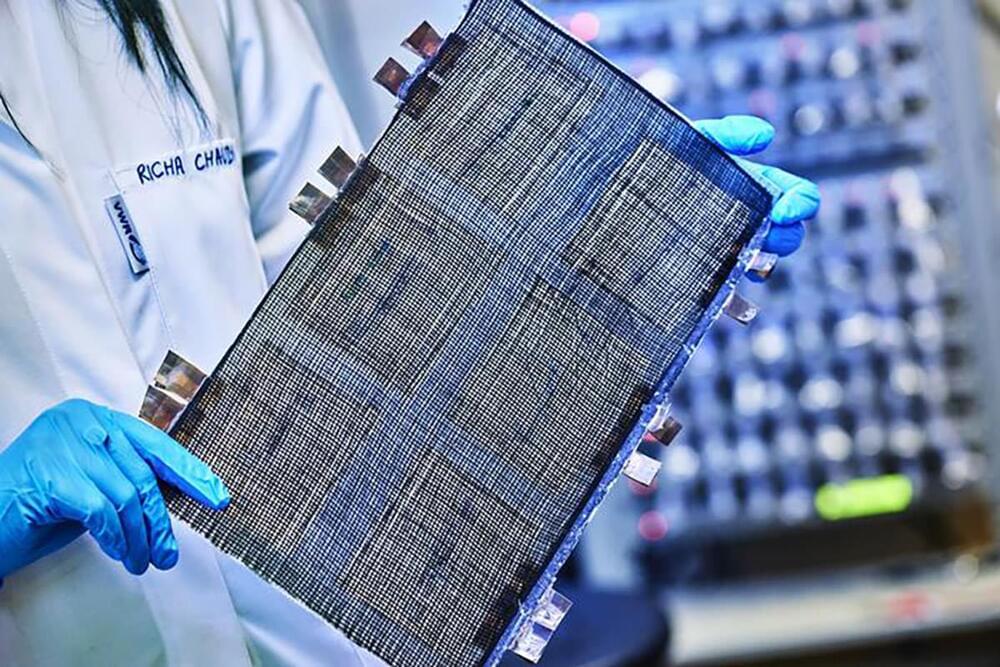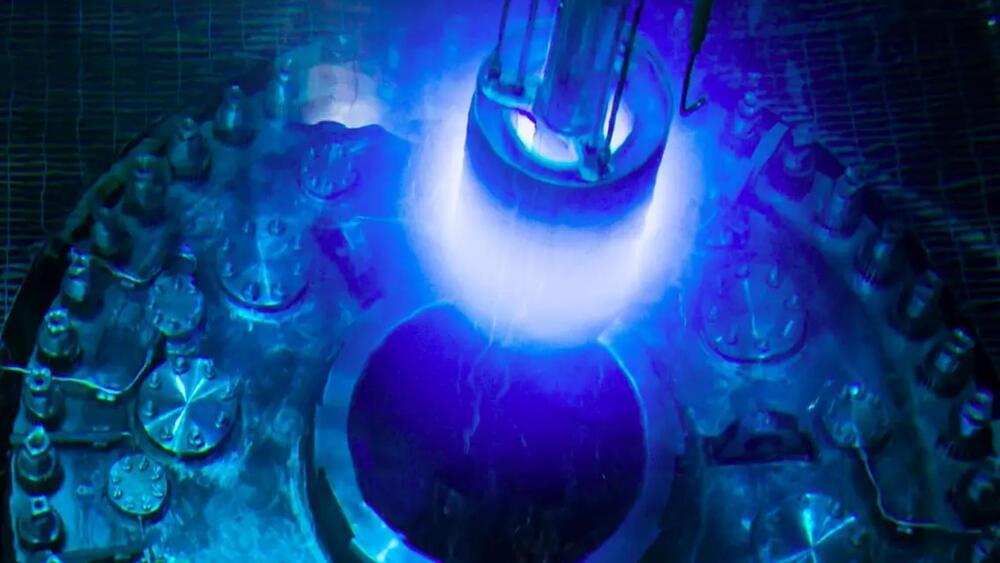Extinct volcanoes are hard to study – we never see them erupt. Using a unique experimental technique, we were able to recreate a certain type of extinct volcano in a lab, learning more about the magma these volcanoes produce.
We found that some rare magma types are surprisingly efficient at concentrating rare earth elements. This is a group of metals with crucial applications in several high-tech industries, such as magnets for electric vehicles and wind turbines.
Demand for rare earths is soaring as society moves away from fossil fuels and electrifies energy production and transport. Despite the name, rare earths aren’t particularly rare. The biggest challenge is finding rocks in which these metals are concentrated enough to be economically viable to extract.








